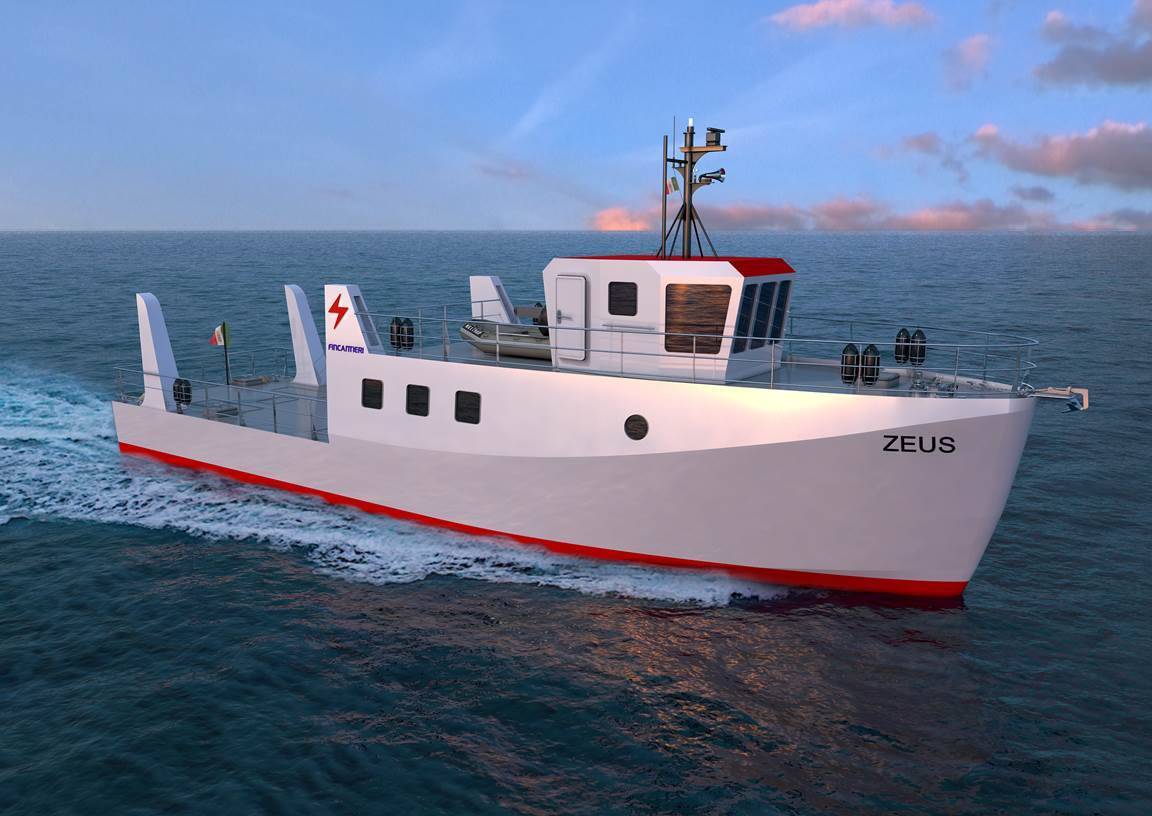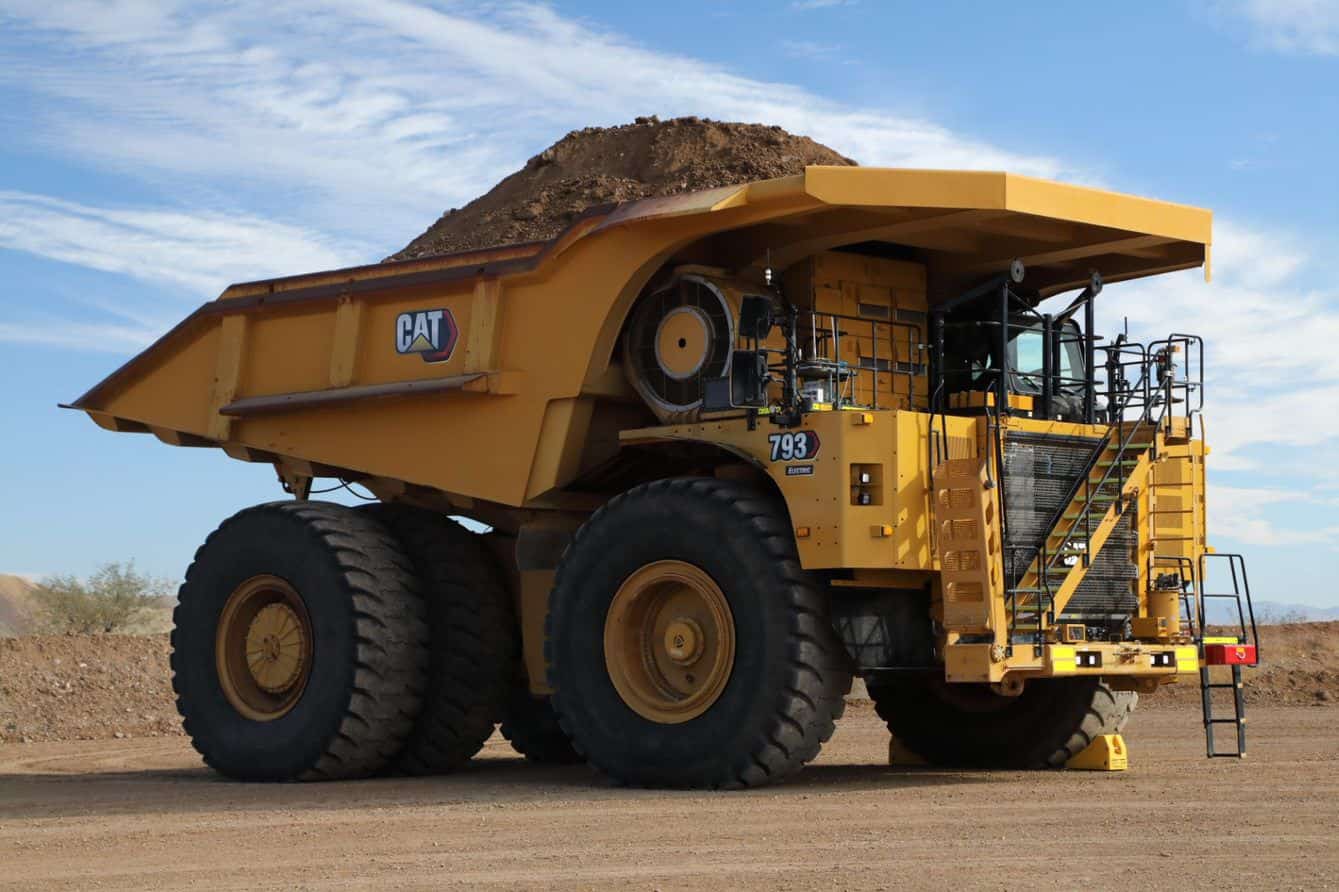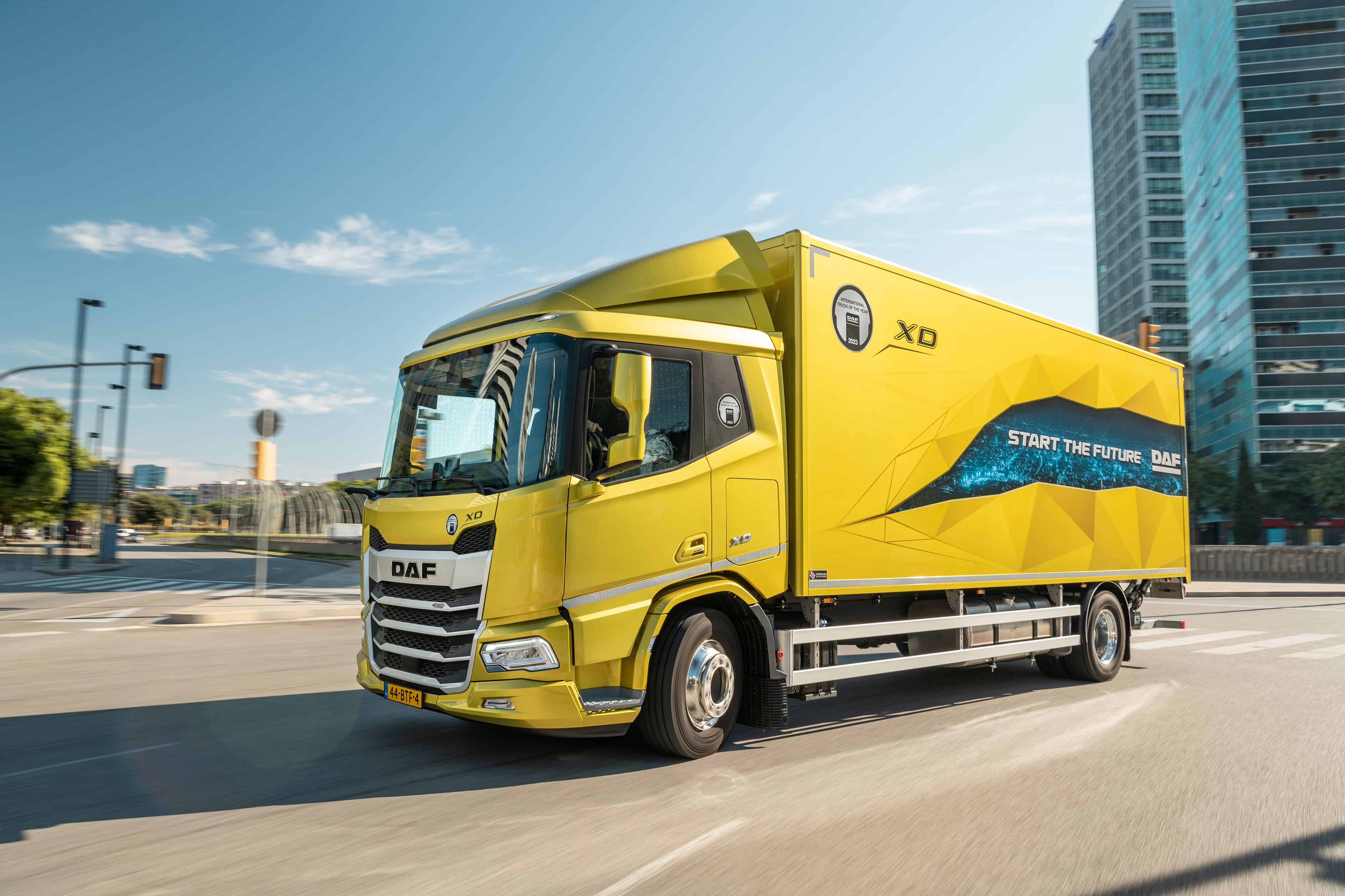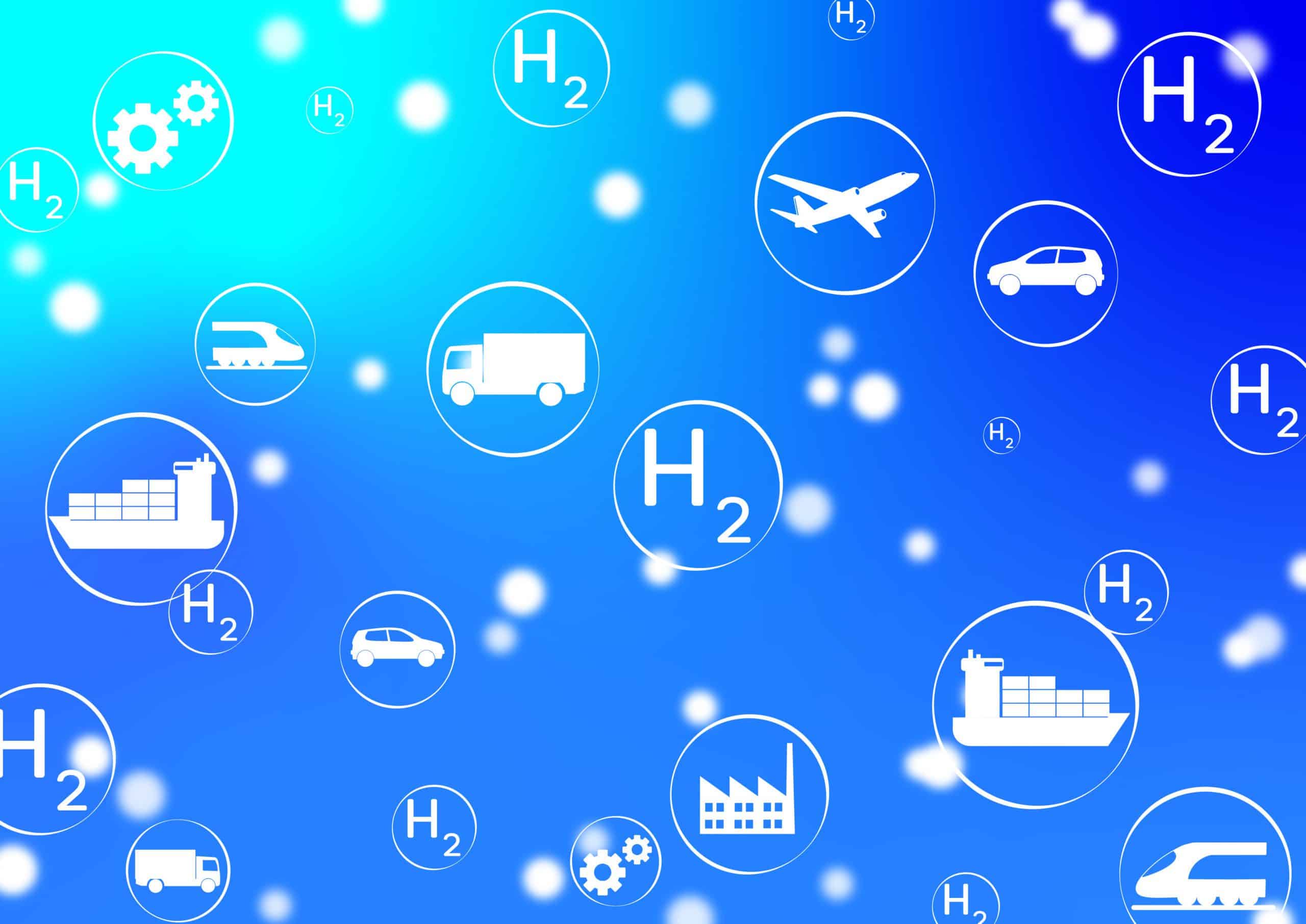
According to its inventors, it is the only and first ship of its kind in the world. It bears the name Zeus. That stands for “Zero Emission Ultimate Ship“, but of course, it also stands for the supreme Greek god. It is always better to have this acronym, than to bear the name of Hades (the god of the underworld).
Capable of supplying 130kW
Zeus is the first naval ship equipped with a hybrid engine (two diesel generators and two electric motors). The ship has a series of fuel cell units on board that are capable of supplying 130kW. The approximately 50 kilograms of hydrogen comes from eight metal hydride tanks, in line with a technology already in use on submarines. The battery system provides an emission-free cruising time of eight hours at a speed of about 7.5 knots. The boat is about 25 meters in length and weighs around 170 metric tons.
The propulsion system is designed in such a way that the engines can be powered in four different ways
The propulsion system is designed in such a way that the engines can be powered in four different ways. The so-called ‘Zero Noise’ option runs only on the lithium batteries, which are good for a range of four hours at a speed of four knots. If the captain decides to emit no emissions (as in NOx and Sox) then he or she uses electric power supplied by the fuel cells to power the ship. There is also the option to sail using a diesel generator while the batteries are recharging. Solely the two diesel engines are used to cover longer distances, which provides more autonomy (sixty hours) and speed (nine knots).

The ship is a pilot vessel, a ‘floating laboratory’ in the words of Italian shipbuilder Fincantieri. The goal is to find environmentally friendly and sustainable solutions for cruise ships, mega yachts and ferries. In particular, the makers want to gather information on the “behavior” of fuel cells in practice. Hydrogen propulsion can be a solution for at least one type of shipping, such as cruise ships, because fuel cells operate practically silently, without rotating parts or vibrations. That’s quite nice if you have booked a cabin on one of these cruise ships while on vacation. Hydrogen combustion is obviously less harmful to the environment. No combustion takes place in a fuel cell. Consequently, no NOx and SOx are produced.
Europe-wide strategy for hydrogen
Therefore, Zeus represents a major spearhead in the relatively fledgling European policy aimed at stimulating the development and use of hydrogen energy. In July 2020, the European Union launched a European-wide strategy for hydrogen (“EU Strategy for Hydrogen”). “Hydrogen is an opportunity for Europe,” said Kadri Simson last November. She is the European Commissioner for Energy and cited the Zeus ship as a shining example.
You can also read here how Italians were the first to come up with a hydrogen-powered snow groomer (a specific type of snowplow for ski slopes).







